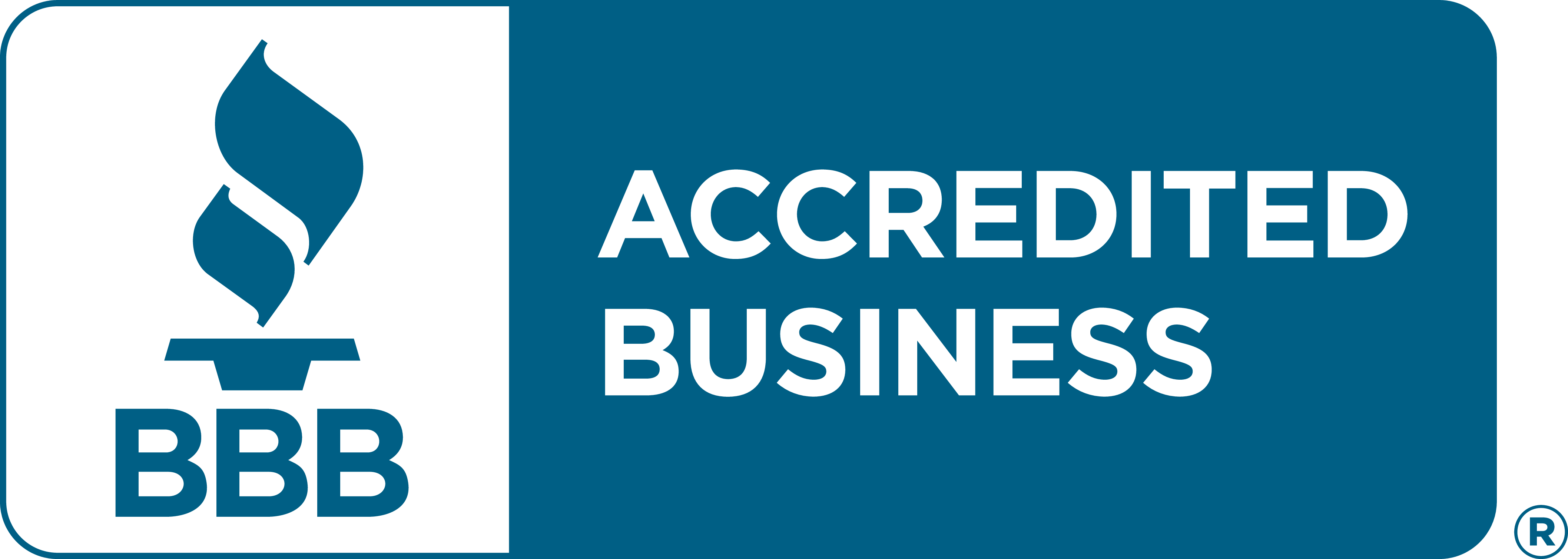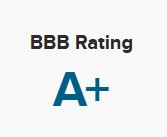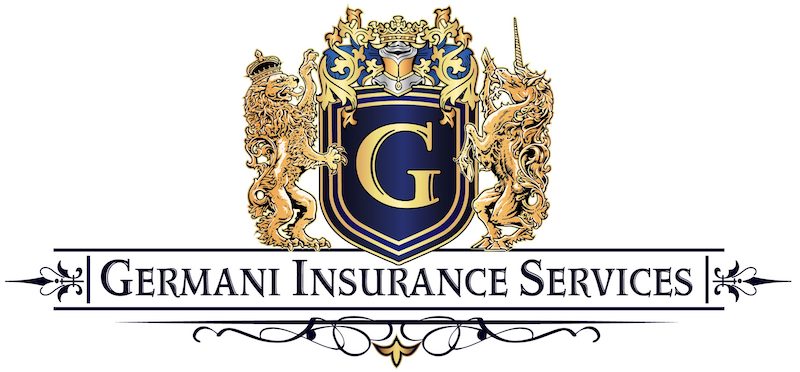-
Address: 3415 S Sepulveda Blvd 11th Floor Los Angeles, CA 90034
-
Phone: (310) 733-2390
-
Email: service@germaniinsurance.net
Looking for Restaurant Insurance in Los Angeles?
We’ve got you covered!
Owning your own business is hard enough as it is right? Between the schedule managing, staff coming down with the mysterious sickness of the quarter, and especially unhappy customers.
We sadly can’t resolve the issues listed above but we can resolve an issue you might not even have thought of yet.
Liability Coverage for your Restaurant
Picture this, you have a customer who specifically lets you know of a food allergy that must be avoided. Your kitchen staff not paying attention accidentally contaminates their meal with said food allergy.
Not only does your customer suffer from the extreme allergic reaction but you are now wide open to a potential lawsuit.
See, things like this happen every day in our world. Although they might not happen every day in yours, our job is to make sure you are protected for the “what if”
Restaurant Liability Policy Components
There are multiple “components” that make up a solid Restaurant Insurance policy. Different companies may offer these as a “bundle” while with others they are a’ la carte.
General Liability Insurance
This coverage is going to protect you from a variety of potential claims. Some of these examples can be bodily injury, property damage, personal injury and others that can potentially come up if you are found negligent.
Workers Compensation Coverage
In most states if you have employees then this isn’t even a question of do I want this? This is a must to be able to employee staff. Workers Compensation (otherwise known as workers comp) is strictly designed to ensure payment by employers for some part of cost of injuries to an employee. Some examples of this can be things like:
- Injury at Work
- Disease caused by work environment
In most cases an incident would need to take place while the employee is at the place of employment, however it would be best to discuss with your local independent insurance agent for more of a case by case basis.
Loss of Income Insurance
What happens in the event you are unable to open your restaurant due to a claim? This in most cases would cause a major hardship for you as a business owner. You wouldn’t be able to serve your customers which in turn means no income coming in.
This is where Loss of Income Insurance is imperative. This coverage would allow you to have a “back up” plan in the event you were unable to generate an income due to a covered loss.
Property Damage
This would allow you coverage for damage to your building, inventory, or equipment. Most policies would offer you a replacement cost coverage to these items so you would be able to repair or replace these items for today’s cost.
To make sure you have replacement cost coverage on property it is important to check with your independent insurance agent.
Crime and Vandalism Coverage
This would cover you in the event you had a claim due to a burglary, robbery, employee theft, or any vandalism to the property.
Here are a few examples of clients we work with and make sure their business are protected:
- Local Restaurants
- Food Trucks
- Catering Companies
- Food Delivery Restaurants
- Ice Cream Trucks
- Bars
- Cafeterias
- Local Diners
The list can go on and on.
So how do you know if a restaurant liability policy is a good fit for your business?
We always would recommend you calling a local independent insurance agent like us, and discussing your coverage options. Our agency can work with you in finding the perfect fit for your restaurant insurance needs.
How to get started
The process of getting a Restaurant Insurance quote is simple. You can either call us directly, or click over to our Quotes page to give us a little more information about your situation and needs.
Either way, we’ll make the process easy!


